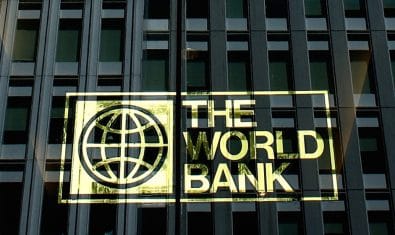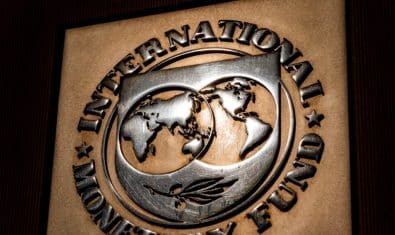The continuously augmented circular debt, which currently stands at an all-time high of 5.2 percent of the GDP, is a threat to the country’s energy security and consumer welfare, as per a report by the public policy research organization PRIME.
The report contains an acknowledgment of the efforts of the federal government in reducing the capacity payment liabilities and commends the plans to introduce a long-overdue competitive market regime.
It also highlights how the difference between the actual cost of the production of electricity and the revenues generated from it is still considerably adding on to the circular debt.
On average, Rs. 14 per unit of electricity is collected, while it costs Rs. 21 per unit to be produced. This difference of Rs. 7 is adding to the already soaring circular debt.
ALSO READ
K-Electric Reports Profit of Rs. 6.8 Billion in H1FY21
The report also outlines other factors that are contributing to accumulating circular debt, such as the Tariff Differential Subsidy, Capacity Payments, T&D and Recovery Losses, and Governance Issues. Together, these factors have added approximately Rs. 2.3 trillion to the circular debt.
According to PRIME’s report, the share of renewable energy resources in the country’s energy mix has also reduced from 8.2 percent to 2.4 percent.
In the section on the solutions to these problems, the research organization suggests a holistic policy approach to tackling the problems of the electricity sector.
One of these suggestions is the liberalizing of prices as long as it is complemented by reforms that address technical and operational inefficiencies, inadequate power infrastructure, and the increasing debt.
ALSO READ
Neelum Jhelum Power Plant Resumes Operations
A portion of the report detailed that for the short term, the government has been advised to improve governance to effectively eliminate energy theft and recovery losses, continue negotiations with the IPPs to reverse the ‘Take or Pay’ contracts, and prioritize the use of cost-effective plants to minimize production inefficiencies.
Additionally, for the long run, the government should aim for an up-gradation of the power infrastructure as only it can, curtailing of the T&D losses (a major component of the circular debt), a shift to a more renewable energy mix for the consumption of electricity, the re-evaluation of power subsidies, and the reconstruction of the tariff regime on the bid-based model rather than cost-based pricing, as per the report.



























Razzaq dawood and Nadeem baber all are involved in this